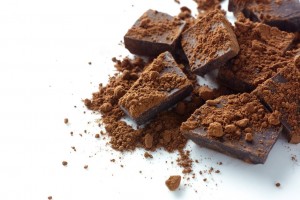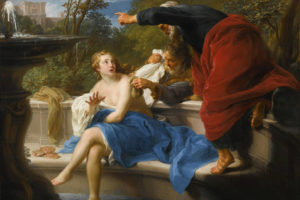
In the week leading up to Easter, estimates say Americans will have bought more than 70 million pounds of chocolate. PHOTO: ISTOCK
A combination of drought, violence, disease and pollution has caused the price of cocoa beans to rise by an eye-watering 40% since 2012—without having the slightest effect on global demand.
In the week leading up to Easter, estimates say Americans—who are no slouches when it comes to candy consumption—will have bought more than 70 million pounds of chocolate. The cocoa bean—like the coffee bean, the wine grape and the tea leaf—has become one of life’s indispensable indulgences—unnecessary for health but necessary (many would argue) for happiness.
Yet our passion for chocolate almost didn’t happen. The Aztecs brought cocoa beans as gifts to Christopher Columbus in 1502 during his fourth and final voyage to the New World. He was given chocolate in drink form under the name xocolatl, which in Nahuatl, the Aztec language, means “bitter water.” Despite its popularity and ancient pedigree in South America (the earliest traces of cocoa use date from 1400 B.C.), Columbus couldn’t see the sharp and spicy drink catching on in Spain. Continue reading…







